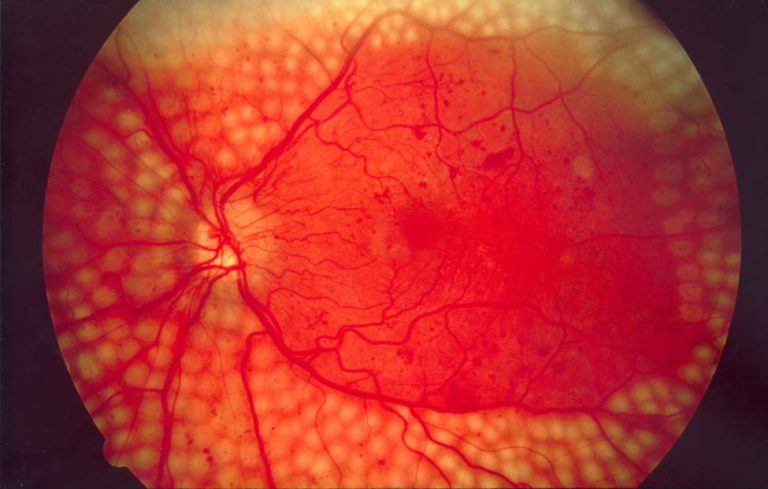When to Seek Diabetic Eye Care
Vision impairment and blindness due to diabetes can be prevented in 95% of the cases. A wealth of scientific studies shows that early detection of diabetic retinopathy, one of the leading causes of blindness in the global working age population, is crucial to ensure timely treatment to avoid permanent visual loss. As presented in the recent World Vision Report, the World Health Organization estimates that there are around 146 million people living with varying stages of diabetic retinopathy in the world today.
The COVID-19 crisis is also having potentially devastating impact on global eye health by delaying the eye screening of millions of people, which will result in enormous backlogs when life gets back to normal. In Australia, ophthalmologists have raised their concerns that due to the COVID-19 crisis patients are skipping crucial eye treatment appointments. Without the treatment, there’s a high risk that people will go blind or suffer significant vision loss, which is often irreversible.
As we covered in a previous blog, national diabetic retinopathy screening programs were introduced in the early 1990s and quickly succeeded in reducing cases of vision loss due to diabetes. The benefit of screening for DR utilizing retinal photography has been demonstrated in several countries in Europe, Scandinavia and Iceland. A few years ago, the United Kingdom declared that diabetic retinopathy was no longer the most common cause of blindness thanks to the introduction of annual screening programme.
However, resources for nationwide screening programmes remain scarce in many countries. Even where national eye screening programmes exist, the frequency of invited screening and uptake by those individuals who most need to attend is compromised by a lack of resources and by poor understanding by some patients of the importance of regular eye screening. But what are the key barriers to diabetic retinopathy screening and what can be done to improve attendance rates?
According to the DR Barometer Report, the most prominent obstacles are a dearth of knowledge about diabetes-related eye complications and lack of awareness about the importance of eye examination and early detection. In some cases, the cited hurdles was shortage of time and limited family support, along with financial barriers and the difficulty of travelling to appointments because of distance from the clinic.
The lack of skilled staff and limited access to diabetic retinopathy imaging and treatment infrastructure were among other challenges cited. A series of environmental and systemic barriers such as the high cost of services, long delays to schedule an appointment and long wait times on the day of the appointment also impacted the ability of adults with diabetes to get accurate and timely advice and care they need.
Recommendations for addressing these impediments include increased and tailored outreach to individuals with diabetes, easier access to screening through telemedicine and mobile units and better integration of screening services with primary care and diabetes care so that patients can access eye care during their periodic visits. Screening programmes must fully understand their patients, their sensitivities and challenges and must cater to the needs of the population if the desired outcome is meant to be achieved.
The clinically validated RetinaRisk algorithm is uniquely positioned to raise awareness about diabetic retinopathy risk and the importance of early detection. The RetinaRisk app empowers people with diabetes to assess and monitor their individualized risk of developing sight-threatening eye disease in the next 12 months. RetinaRisk can help healthcare providers by identifying high-risk patients who need immediate medical attention. Our clinical and real-life studies have demonstrated that risk profiling increases the screening frequency of high-risk patients, while low-risk patients are spared from unnecessary clinical visits, without compromising clinical safety. RetinaRisk telemedicine solution that offers a personalized approach to ensure that the right persons receives the right care at the right time in an efficient and economically cost-effective way.









